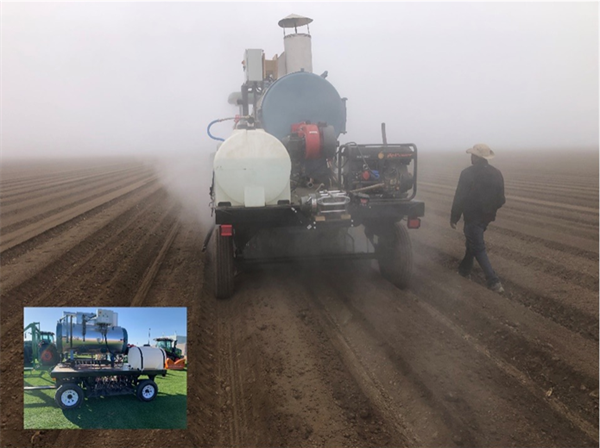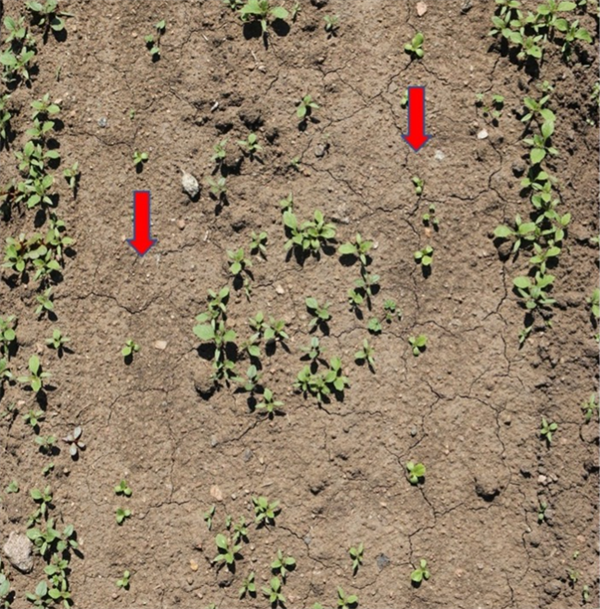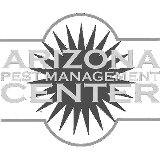Over the last several years, Dr. Steve Fennimore, Extension Specialist - Weed Science, UC Davis and I have been collaborating on investigating the use of band-steam for controlling in-row weeds and soilborne pathogens. Band-steam is where, prior to planting, steam is injected in narrow bands, centered on the seedline to raise soil temperatures to levels sufficient to kill weed seed and soilborne pathogens (>140 °F for > 20 minutes). After the soil cools (<1 day), the crop is planted into the strips of disinfested soil.
This spring, we completed fabrication of a second-generation prototype band-steam applicator that is simpler in design and easier to operate than our first prototype. Steve has been demonstrating the device to growers on their farms in the Salinas valley this summer (Fig. 1). Similar to Yuma trials, application of band-steam is being found to provide very good weed control in the treated band (Fig. 2). Stay tuned for reports of full trial results including hand weeding labor savings, control of Sclerotinia lettuce drop and crop yield in future articles.
The band-steam machine will be back in Yuma in a couple of weeks! If you are interested in testing the device on your farm, please contact me. I’d be happy to work with you.
Acknowledgements
This work is supported by the Crop Production and Pest Management grant no. 2021-70006-35761 /project accession no. 1027435 from USDA-NIFA. We greatly appreciate their support. Any opinions, findings, conclusions, or recommendations expressed in this publication are those of the author(s) and do not necessarily reflect the view of the U.S. Department of Agriculture.

Fig. 1. On-farm demonstration of a prototype band-steam applicator in Salinas,
CA. The machine injects steam into the bed in narrow beds centered on the
seedline prior to planting for control of weeds and soilborne pathogens. (Photo
credits: Steve Fennimore, UC Davis)

Fig. 2. Weed control with band steaming in lettuce. Steam was applied
in a 4-inch band centered on the two seedlines marked by the red
arrows. The weeds outside of the treated band are in areas that were
not steamed, but can be cultivated out easily because they are not
close to the crop seedline. Trials conducted by Steve Fennimore, UC
Davis, in 2022 in Salinas, CA. (Photo and caption credits: Steve
Fennimore, UC Davis).





